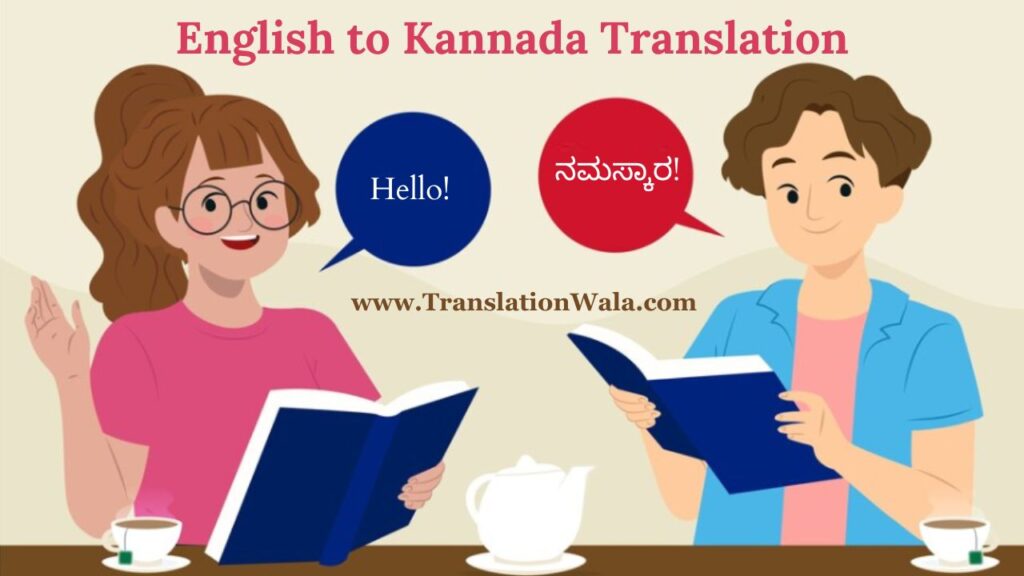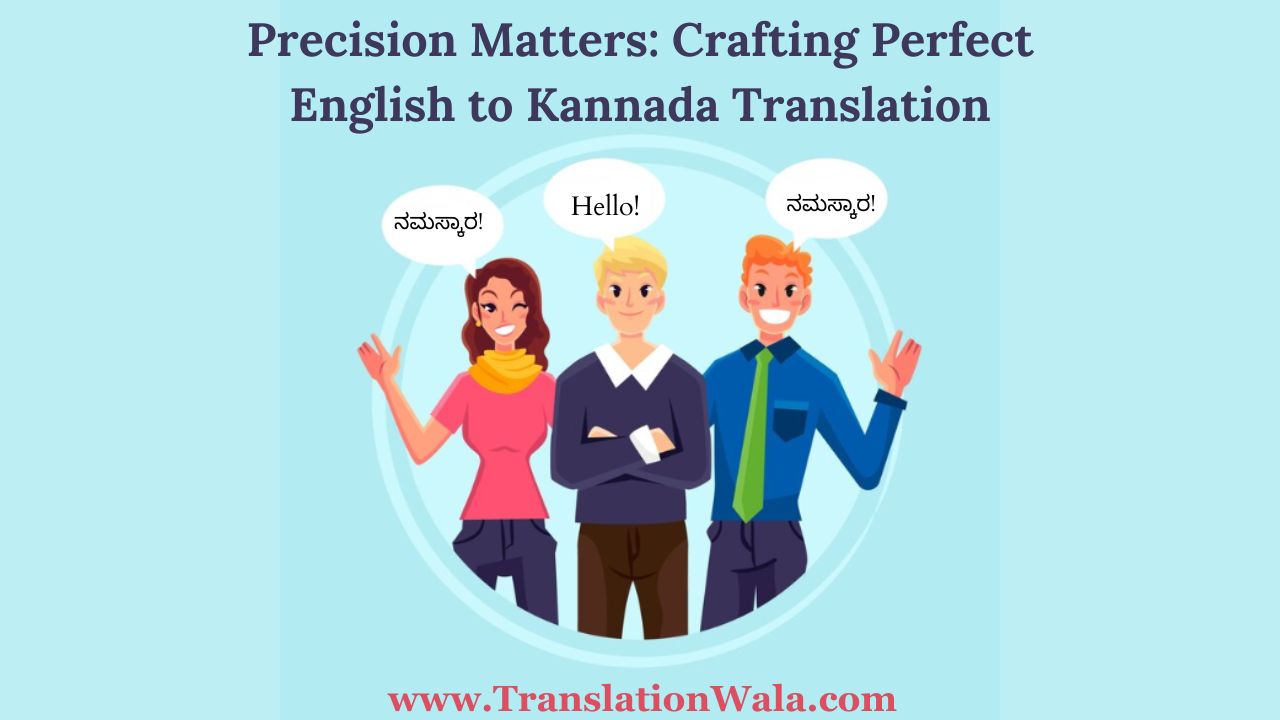Kannada is a lively language that more than 45 million people speak. It has a lot of literature and cultural history. For conversation to work between languages, especially when translating from English to Kannada, accuracy is very important. In English, a line that seems easy can have many levels of meaning and subtlety that can change the meaning if it is not translated carefully. This blog posts goes into great detail about how to make sure your message gets across clearly when English to Kannada Translation.
Understanding the Nuances: Cultural Context is King
Languages aren’t just collections of words; they also hold cultural meanings, customs, and jokes. A precise copy of a phrase from English could make someone reading Kannada scratch their head. Take a look at the word “kick the bucket.” The sense of death would not be clear from a straight translat
A straight version would not show what death means. A good translation would use a Kannada phrase that means the same thing, like “ಮುಗುಳು ಹೋಗು (mugulu hogu),” which means “to wither away.”
Humor can also be understood by looking at the cultural background. There are times when English puns use humor that doesn’t work well in Kannada. In order to translate something, the translation has to find a similar funny phrase in the target tongue. In order to do this, you might need to use a different type of humor or even a totally different joke that works with Kannada speakers.
Formal vs. Informal: Striking the Right Tone
The formality of the English source needs to be kept exactly the same in the Kannada version. For example, if you are turning a business paper into Kannada, you would need to use professional language and respectful sentence forms and words. If you are sending a casual email to a friend, on the other hand, you might need to use a more casual style in Kannada, with typos and slang that are common in daily speech.
Faithful to the Text, Yet Reader-Centric
It’s not enough to just copy the words from the source tongue for a English to Kannada Translation to be good. It’s about getting your point across to the right people in a way that is clear, concise, and sounds natural. To do this, the Kannada sentence order or word choice may need to be slightly changed, as long as the main idea stays the same.
In Kannada, for instance, a long and hard-to-understand English line might be split up into several shorter ones that are easier to understand. This makes sure that the translated text is simple for someone reading it in Kannada.
Also Read: Unlocking Understanding: English to Bengali Translation Explained

Technical Expertise: Knowing Your Field
You need to know a lot about complex papers like medical reports, legal contracts, and building instructions in order to translate them. To make sure the translation is correct and there are no misunderstandings, the translator needs to know the exact words used in both English and Kannada. Using definitions and glossaries that are specific to the field can be very helpful in this process.
Beyond the Words: Capturing the Sentiment
A good translation does more than just change words. They translate the English text into Kannada while keeping the same mood, tone, and main idea. This could mean thinking about the text’s goal, the people it’s meant for, and the feelings it makes people feel. In this case, an English persuasive essay would need to be turned into Kannada in a way that keeps its compelling power.
Proofreading and Editing: The Final Polish
That isn’t possible on the first draft of any translation. To make sure the translated text is free of grammar mistakes, typos, and other problems, it needs to be carefully reviewed and edited. This could mean having a second translator look over the work or using special tools to check the quality.
Choosing the Right Tool for the Job
Even though machine translation tools have gotten better, they still have trouble with context and subtleties. For accurate readings from English to Kannada, especially for important papers or artistic work, you can’t beat a professional person translator who knows both languages and the subject matter.
In Conclusion: The Value of Precision
When English to Kannada Translation, precision is more than just accuracy. It’s about getting the message across clearly, taking into account regional differences, and making sure the translated text hits home with the intended audience. You can bridge the language gap and make sure clear, powerful communication by following these tips and hiring skilled translators.



